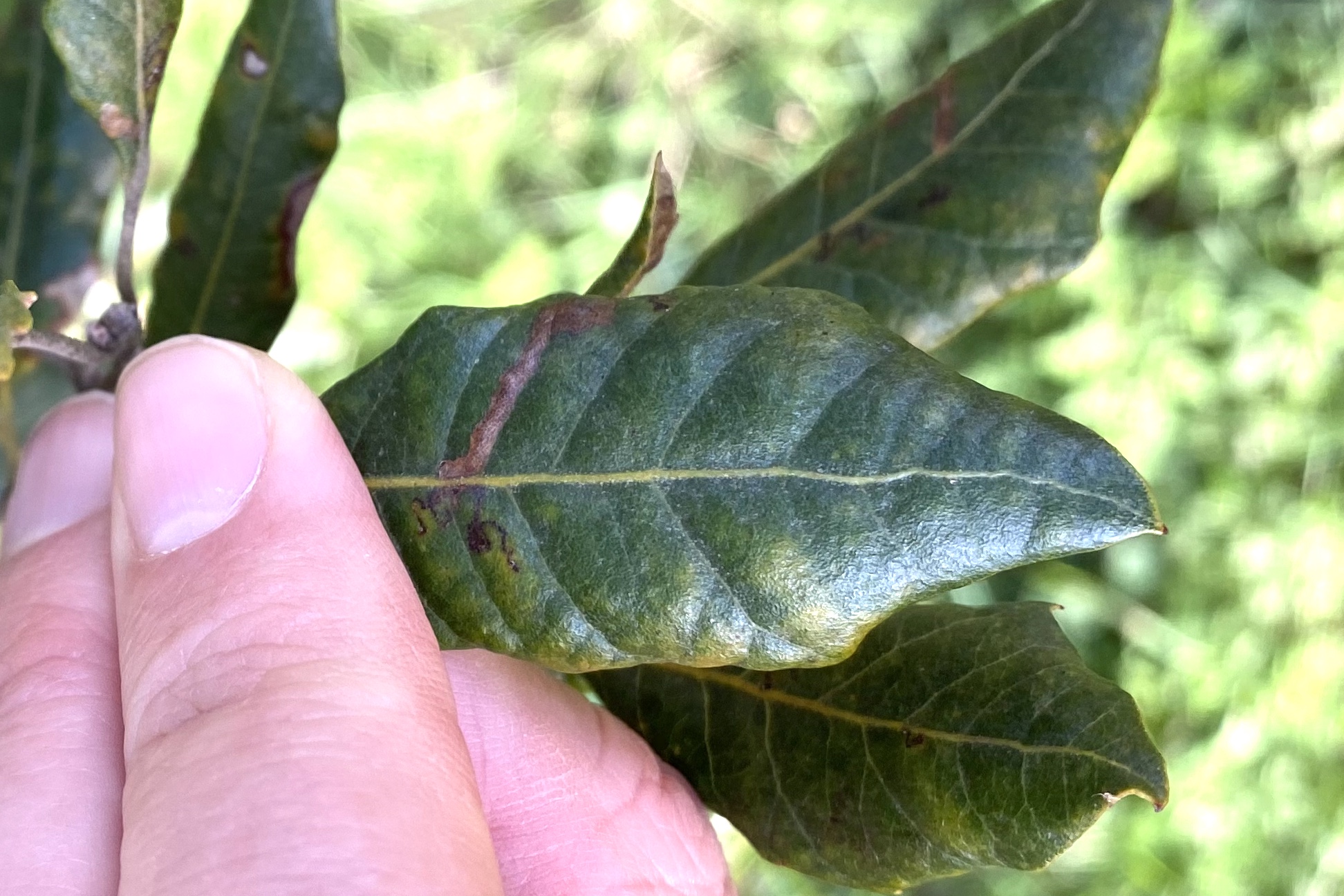A hot day in lockdown and my daily exercise took me on a quick circuit of some of Wanstead Flats. I only paused for any length of time around the Brick Pit Copse where I listened to, and eventually saw, a singing Garden Warbler (Sylvia borin) which had been found earlier in the day by N. Croft; our first locally for the year.
On the rest of my walk, I only stopped briefly to photograph a few invertebrates with my phone. The list below is snapshot of the things I took time to observe; species I specifically identified and recorded. I didn’t make too many attempts with flies (although I did iRecord Lucilia sp – a greenbottle) or one or two other invertebrate groupings, and there are no plants recorded here (although I did spend a bit of time checking the leaves of Quercus (oak), Acer (maples), Prunus (blackthorn, cherry etc). So, 81 species identified and recorded – not too shabby for a relatively brisk walk.
Selected birds: 40
I recorded 40 species of bird on my walk. The Garden Warbler was the obvious highlight, followed by an unusually showy Lesser Whitethroat.

Blurry shot of Garden Warbler
Accipiter nisus (Eurasian Sparrowhawk) – Only raptor seen on walk.
Alauda arvensis (Skylark) – only heard a couple of males singing.
Apus apus (Common Swift) – the breeding birds have been back a few days now.
Sylvia atricapilla (Blackcap) – seemingly everywhere.
Sylvia borin (Garden Warbler) – one singing.
Sylvia communis (Common Whitethroat) – also noticeably abundant this year.
Sylvia curraca (Lesser Whitethroat) – At least one, probably two singing.
Etc – 33 species of other bird commonly recorded locally also seen.

Lesser Whitethroat
Coleoptera – beetles: 7
I recorded seven species of beetle on my walk, three of which were lifers (remember I am a pan-species newbie) and three more were firsts for the year:
Andrion regensteinense (A broad-nosed weevil) – life first. Found on Broom.
Cantharis rustica (A soldier beetle) – first for year. Saw a couple.
Harpalus rufipes (Strawberry seed beetle) – life first (I’ve never recorded before, anyhow).
Malachius bipustulatus (Malachite beetle) – first for year.
Perapion violeceum (A weevil) – life first and possibly first record locally.
Propylea quattuordecimpunctata (14-spot ladybird) – possibly the most frequently seen ladybird at the moment locally.
Prosternon tessellatum (Chequered click beetle) – first click beetle I have seen this year. A few around.

Perapion violeceum – a rather tiny weevil
Hemiptera – true bugs: 3
Three species recorded with one new for the year. A bit poorer than I might have hoped for the bugs, to be honest.
Dryophilocoris flavoquadrimaculatus – Seemingly common in the local area. A small yellow and black flower bug.
Palomena prasina (common green shieldbug) – first for year for this shield bug.
Trioza remota – a tiny psyllid bug which galls oak leaves – the nymph resides in a depression on the underside of the leaf.
Hymenoptera – bees and wasps etc: 5
Four of the five recorded were identified by galls they cause. Other hymenoperans were on the wing, but few long enough for me to photograph and ID.
Andrena sp (likely ovatula) – very active pollinating in Broom.
Andricus curvator f. sexual – Causes distinctive swellings and twists on oak leaves. Very common locally.
Biorhiza pallida (Oak Apples Gall) – This wasp-caused gall is very common and one of the earliest to be seen in the season.
Neuroterus numismalis f. sexual (Oak blister gall / Silk button gall) – First for the year for me of this subtle gall.
Neuroterus quercusbaccarum f. sexual – seen many currant galls on oak catkins and leaves.

Blister gall on oak caused by sexual generation of Neuroterus numismalis wasp
Lepidoptera – moths and butterflies: 11
Three life-first moths for me, with the hemlock moth (Agonopterix alstroemeriana) being a particular highlight.
Aglais io (Peacock) – saw at least three.
Agonopterix alstromeriana (Hemlock moth) – a lifer for me. Found on Blackthorn.
Anthocharis cardamines (Orange Tip) – several seen.
Celastrina argiolus (Holly blue) – very common at the moment.
Erannis defoliaria (Mottled umber) – a caterpillar and second time I have seen this species in larval form in a matter of weeks.
Eupsilia transversa (Satellite moth) – a black caterpillar I’ve not recorded before.
Lycaena phlaeas (Small Copper) – abundant at the moment.
Pararge aegeria (Speckled wood) – several seen.
Pieris rapae (Small White) – several seen.
Polyommatus icarus (Common blue) – First for year for me with a specimen on Wanstead Flats and in my garden.
Syndemis musculana – another new moth for me. This tortrix was on Hawthorn.

Syndemis musculana
Selected Acari – mites: 10
All identified through the galls they cause on plants.
Aceria cerrea – This isn’t recognised on iRecord or much literature on British gall-causing mites as it was only recently refound in the UK. Causes galls on turkey oak.
Aceria macrochela – first for year. Causer of pustule growths along veins of field maple leaves.
Eriophyes prunispinosae/similis – first for year. Causer of pustule galls along leaf margin of blackthorn.
Etc – seven more mite-caused galls were identified, but all were galls I have recorded frequently elsewhere this year.

Erinea patch on underside of Quercus cerris caused by Aceria cerrea
Aranae – spiders: 4
Four species actively recorded.
Mangora acalypha (A cricket bat spider) – First for year for me.
Pardosa sp. (A wolf spider) – Found on bramble.
Pisaura mirabilis (Nursery web spider) – Found on buttercup.
Xysticus sp. (A crab spider) – Found on buttercup.

Pisaura mirabilis – the nursery web spider























